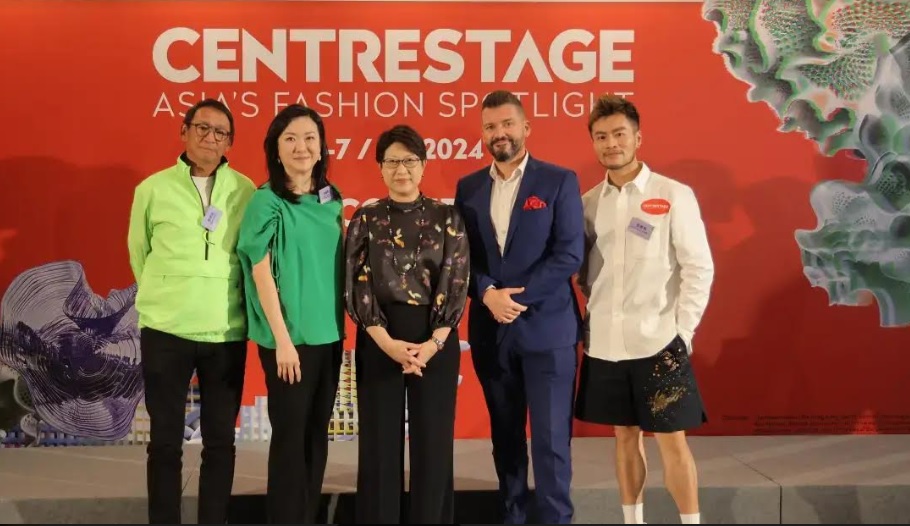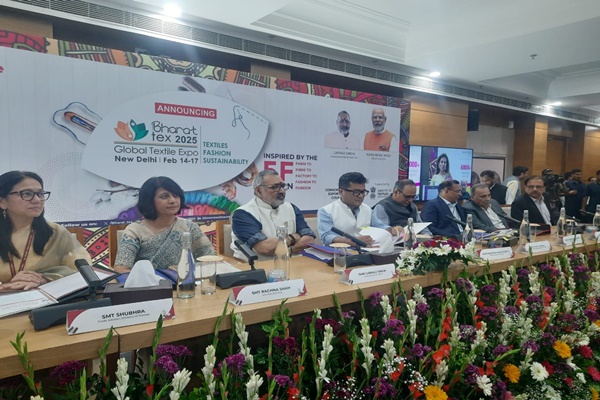
In the post-pandemic times, the luxury resale market which comprises of the buying and selling of second-hand luxury brands , has taken off like never before. Pre-loved and pre-owned luxury goods are the buzzwords now in the secondary market of the high-end luxury world. Bags, watches, and jewelry from expensive brands such as Balenciaga, Valentino, Jean Paul Gaultier, Oscar de la Renta, and under the Kering umbrella are just some who are getting a new lease of life and love, especially in global online markets.
Secondary pre-loved market dents fashion brands
Buying pre-owned clothes and accessories is a kind of luxurious experience for the middle class that is cheaper, convenient, and sustainable in these uncertain economic times. The sale of pre-owned luxury apparel has gone up to 65 percent last year relative to 2017 as compared with a 12 percent rise in new luxury sales, according to the Wall Street Journal.
However not all high-end luxury brands see eye to eye on this. Many fear that resale could cannibalize the sales of their full-price products and dent their image of exclusivity and coveted position built up over the years in the apparel, fashion, and luxury group. Other brands are worried about the complexity of implementing circular models in the apparel resale online markets and fear that most luxury brands will remain on the side-line fence of fashion if they refuse to jump onto this bandwagon.
According to resale market experts, the revenue of the global second-hand luxury goods market was estimated to be worth 4.9 billion U.S. dollars in 2021. But after Covid times, according to Statista estimates, this market is set to see a steep increase, reaching over 14.6 billion U.S. dollars by 2027. Some of the bigwigs of the high-end luxury market such as Louis Vuitton, Chanel, and Hermès have refused to stoop down to the burgeoning resale market, as they feel their quality and exclusivity should not be affected by the affordability factor and become a run=of-the-mill product. Rushing to put their stamp of approval on pre-owned products coveted by the Gen-Z and the middle class is not their thing and they prefer to sell quality over quantity to their discerning customers at their chosen price point.
Global trends affect Indian second-hand luxury goods market
Speaking on these lines, Antoine Arnault head of image and environment of LVMH, the French-holding multinational corporation specializing in luxury goods, has said that the group “will stay away from that second-hand market” for the time being. Bruno Pavlovsky, president of fashion and president of Chanel SAS, also has highlighted his brand’s own aversion to resale, saying “We want to retain control of our distribution.”
The second-hand luxury goods market in India is also strongly driven by the growing influence of western fashion trends coupled with improving living standards and rising disposable incomes of the consumers. Online auctions and various international e-commerce platforms that offer overseas delivery options have increased the sales of pre-owned luxury goods. India is expected to have a CAGR of 12.18% during 2022-2027, as the indirect influence of the pandemic continues to affect spending power.
While the high-end fashion market focuses on addressing sustainability issues, the global luxury resale speeds up its online as well as offline platforms for the commercialization of second-hand goods from the world’s most beloved luxury brands to make hay while the sun shines.












